The WordPress dashboard is the central control hub of your website, essential for effective management. Understanding its features is crucial for optimizing your WordPress blog. Fortunately, navigating the dashboard is intuitive, with user-friendly components. Once you familiarize yourself with these tools and settings, you’ll unlock the full potential of WordPress. This guide aims to introduce you to the WordPress dashboard and its key elements, empowering you to leverage its capabilities efficiently.
What Is A WordPress Dashboard?
The WordPress Dashboard is the administrative hub of a WordPress website, providing users with a centralized platform to manage and control all aspects of their site. It serves as the control panel where users can create, edit, and publish content, customize the site’s appearance, install and configure plugins for added functionality, moderate comments, and manage user accounts and permissions. The Dashboard typically features a user-friendly interface with a sidebar menu offering access to various tools and settings, along with informational sections such as site activity summaries and news updates. It acts as the primary workspace for website administrators, allowing them to efficiently oversee and maintain their WordPress site.
WordPress Dashboard Includes
WordPress Dashboard is the central control panel where you manage your website’s content, appearance, and functionality.
Here’s a beginner’s tour to help you understand its key components:
1. Login: To access the Dashboard, you need to log in to your WordPress site using your username and password.
2. Dashboard Home: Upon logging in, you’ll land on the Dashboard Home. This page typically includes an overview of your site’s activity, such as recent posts, comments, and site statistics.
3. Toolbar: The toolbar, located at the top of the screen, provides quick access to important features like adding new posts, pages, and media, and accessing your profile.
4. Sidebar Menu: The sidebar menu on the left-hand side contains all the primary options for managing your site. Here are some key sections:
- Dashboard: This is the home page of your WordPress admin area.
- Posts: Manage and create new blog posts.
- Media: Upload and manage images, videos, and other media files.
- Pages: Create and manage static pages like About Us, Contact, etc.
- Comments: Moderate and reply to comments left by visitors.
- Appearance: Customize your site’s appearance, including themes, widgets, menus, and the theme editor.
- Plugins: Install, activate, deactivate, and configure plugins to add functionality to your site.
- Users: Manage user accounts and permissions.
- Tools: Access various tools for importing, exporting, and other site management tasks.
- Settings: Configure general site settings, such as site title, tagline, permalinks, etc.
5. Quick Draft: This section allows you to quickly draft new blog posts right from the Dashboard without navigating to the full post editor.
6. At a Glance: Provides an overview of your site’s current status, including the number of published posts, pages, and comments.
7. Activity: Shows recent activity on your site, such as published posts and comments.
8. WordPress News: Displays the latest news and updates from the official WordPress blog.
9. Screen Options: Located at the top-right corner of the screen, this allows you to customize the content and layout of the Dashboard by showing or hiding certain sections.
10. Help: Also at the top-right corner, this provides access to the contextual help documentation for the current page you’re on within the Dashboard.
Final Thought
Mastering the WordPress dashboard is key to unlocking the full potential of your website. Its user-friendly components empower you to efficiently manage and customize your site. By familiarizing yourself with these tools and settings, you’ll be well-equipped to create a dynamic and engaging online presence. Embrace the dashboard as your ally in building and maintaining a successful WordPress blog.
Interesting Reads:
WordPress.com vs. WordPress.org





